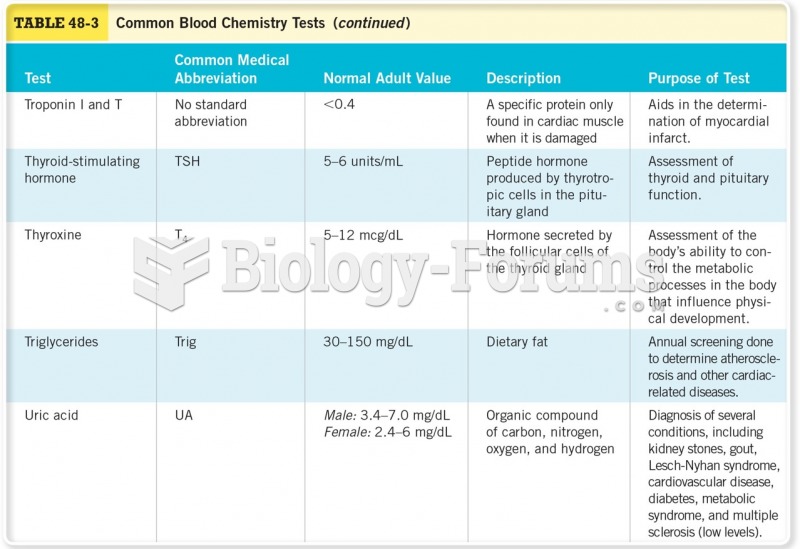Answer to Question 1
ANS: A
During data analysis, the qualitative researcher attaches meaning to elements of the data; classification of things, persons, events, and properties are initiated. Regularities are noted.
According to the philosophical stance of qualitative researchers, separating personal perceptions from the environmental context would not be possible or desirable. During data analysis, the qualitative researcher attaches meaning to elements of the data; classification of things, persons, events, and properties are initiated. Regularities are noted.
Qualitative researchers believe that there are multiple perceptions of reality. During data analysis, the qualitative researcher attaches meaning to elements of the data; classification of things, persons, events, and properties are initiated. Regularities are noted.
As a result of the nature of qualitative research, there is no attempt to verify information in previous studies as part of the analysis of data. During data analysis, the qualitative researcher attaches meaning to elements of the data; classification of things, persons, events, and properties are initiated. Regularities are noted.
Answer to Question 2
ANS: A
The decision to stop seeking new subjects is made when the researcher ceases learning new information or theoretical ideas seem complete.
There is no magic number of subjects in a qualitative study. The decision to stop seeking new subjects is made when the researcher ceases learning new information or theoretical ideas seem complete.
If a saturation point has not been reached, then it is necessary that the researcher continue to find subjects who fit the study's criteria. The decision to stop seeking new subjects is made when the researcher ceases learning new information or theoretical ideas seem complete.
Running out of time or resources is not an acceptable reason for ceasing data collection. The decision to stop seeking new subjects is made when the researcher ceases learning new information or theoretical ideas seem complete.







